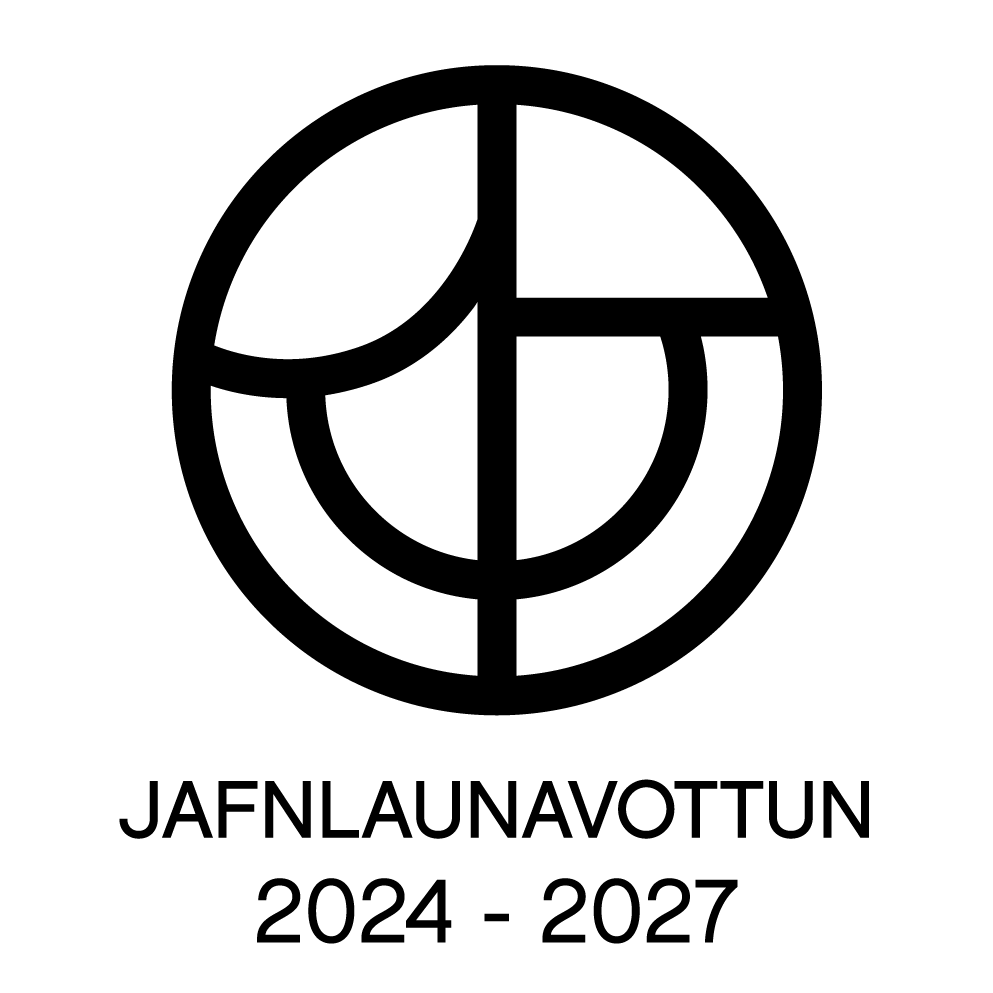Vestmannaeyjar Eruption History
Surtsey 1963
On the morning of November 14th, 1963, the crew of Ísleifur II saw a column of black dust coming out of the ocean, to the south-west side of Heimaey. In the bottom of the ocean an eruption had begun, which lasted almost 4 years. On the 2nd day of the eruption Surtsey island was 10 meters high already. When the eruption stopped on June 5th, 1967 Surtsey was 2,8 km2 and 170 m high. Surtsey island is protected by Icelandic law, Icelandic scientists are still documenting how life grows on the island from birds to plants.
Eldfell 1973
Eruption on Heimaey started on 23rd of January 1973 around 2am. On the east side of the island the ground split and lava started bursting from the fissure, only about 300-400 meters from the houses located on the east side of the island. Residents of Heimaey were woken up by police and firefighters who were driving around town with the sirens on to alarm everyone. People started to head to the harbour. Residents of Westman Islands were lucky, the day before the eruption weather was very bad and most of the fishing ships, about 60-70, were in the harbour. Fishing vessels took most of the people to the next harbour in Þorlákshöfn. In march, cooled lava was starting to close the harbour in Westman Islands. In a desperate attempt to stop the lava, sea water was used to cool it with the help of pumps. This method was successful. Today, the harbour, is considered better than ever. The official end of the eruption on Heimaey was July 3rd 1973. During a 6 month period a new volcano was made, it was 225 meters high, and on the east side of the island there was a lava field of 3,3 km2. Around 360 houses were destroyed and many more were damaged. Before the eruption, the population of Vestmannaeyjar was 5300 people, but only 2000 people came back right after the eruption. Slowly more families came back and decided to rebuild the Vestmannaeyjar community.
Community
Hunting and fishing are the traditional pillars of the island economy. The islands are surrounded by generous fishing grounds. For many years, Heimaey was one of the largest fishing stations in Iceland. During the main season, people from all places and different environments gathered here to work for long hours to make money. The city's population has tripled, and the number of boats has increased. Currently, ships are larger and more technologically advanced, production has moved from land-based freezing installations to factory ships, and thus the main labor season is already a thing of the past.

